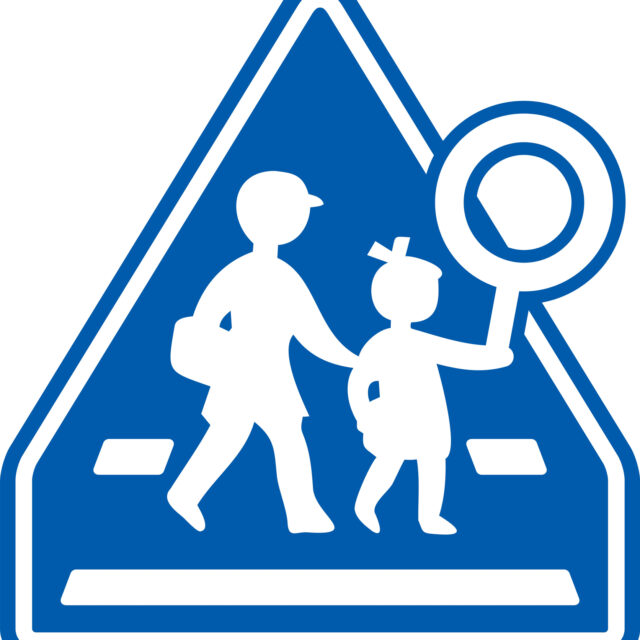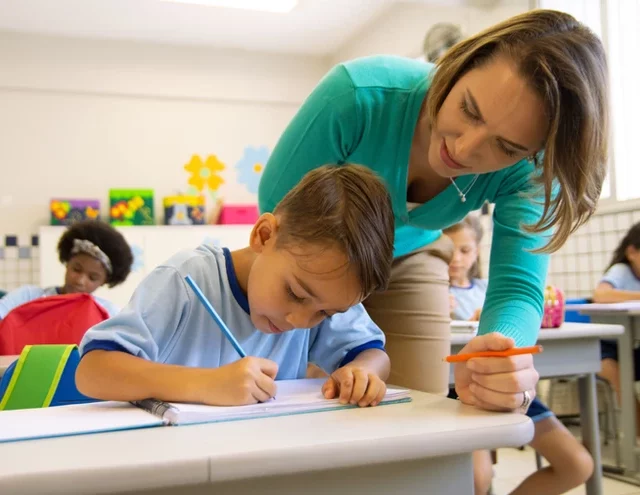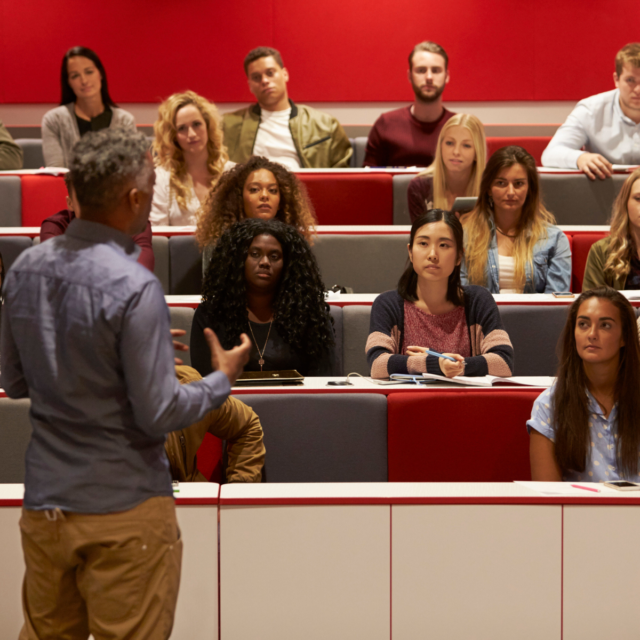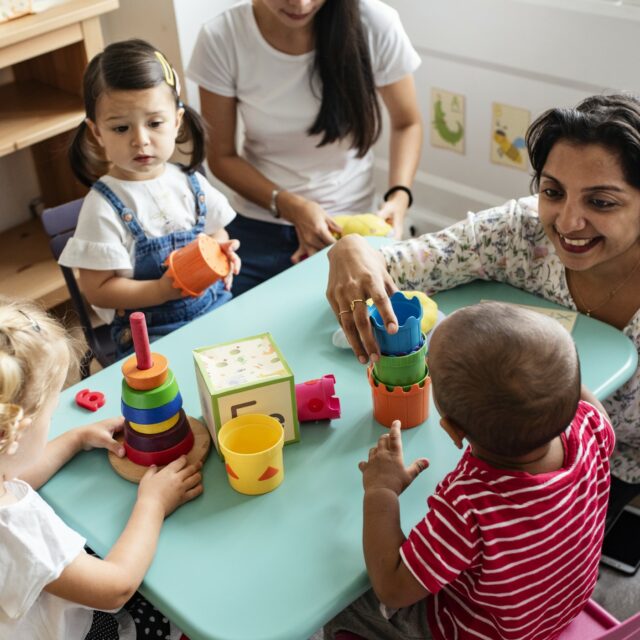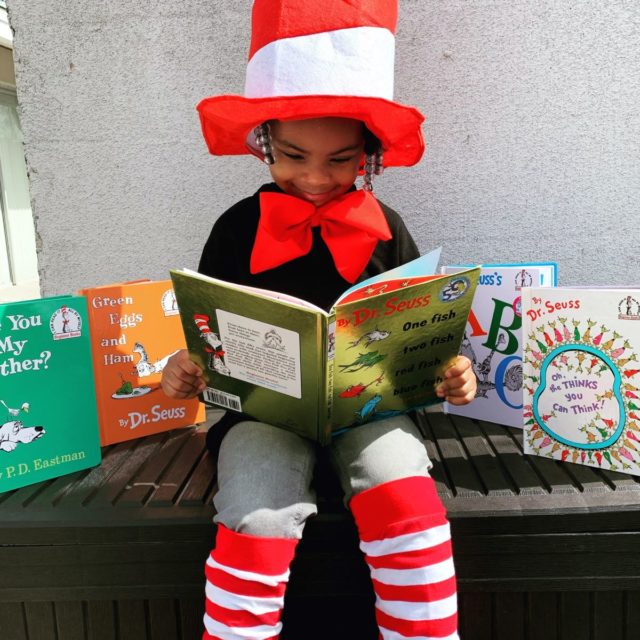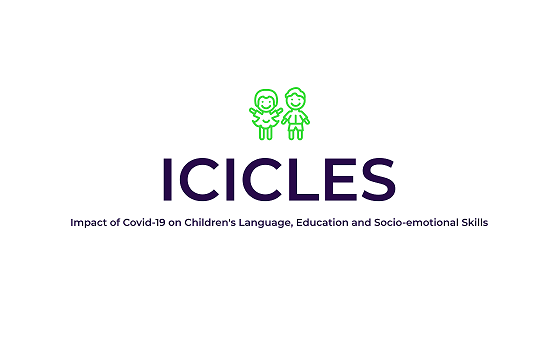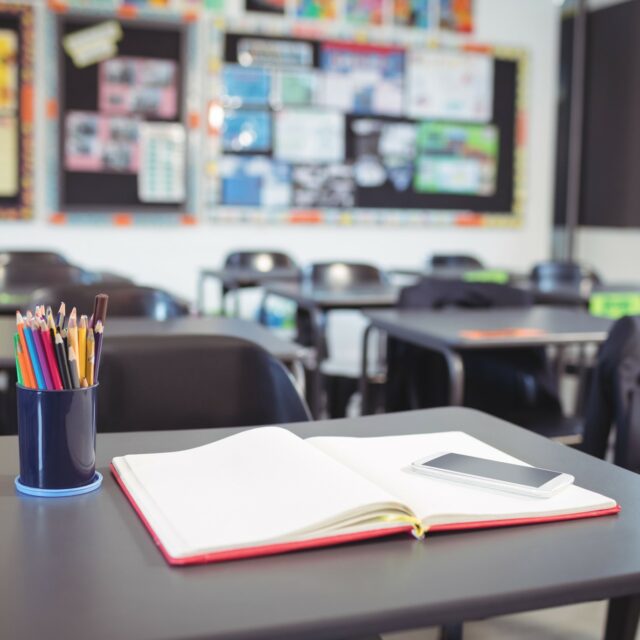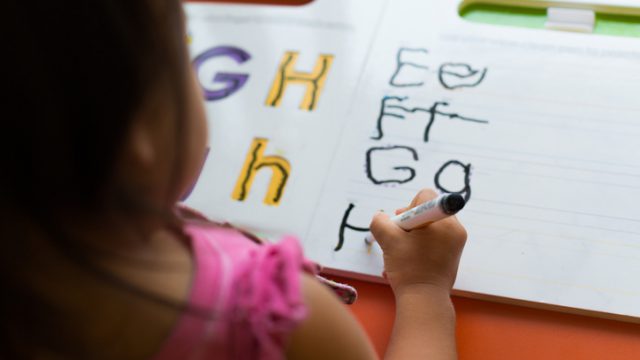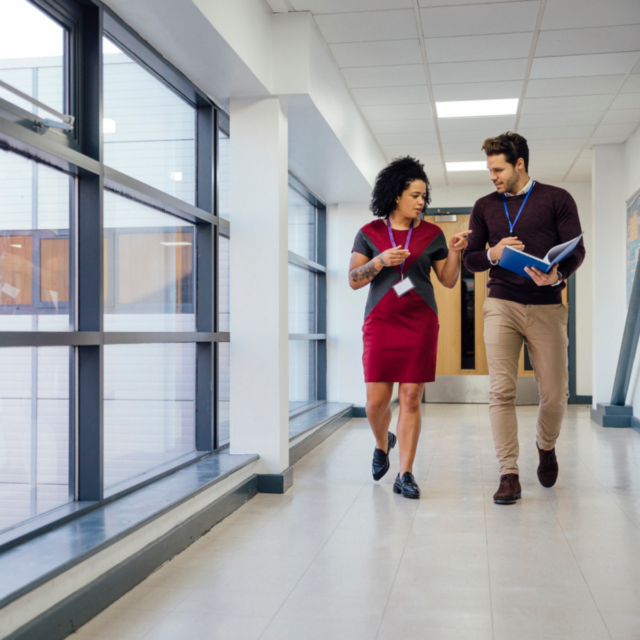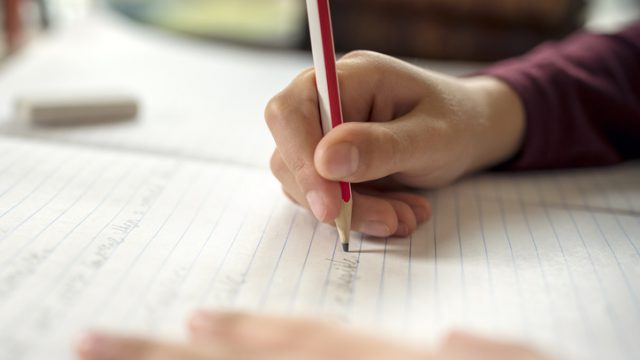Learning from the past to support schools in the future – lessons from lockdown
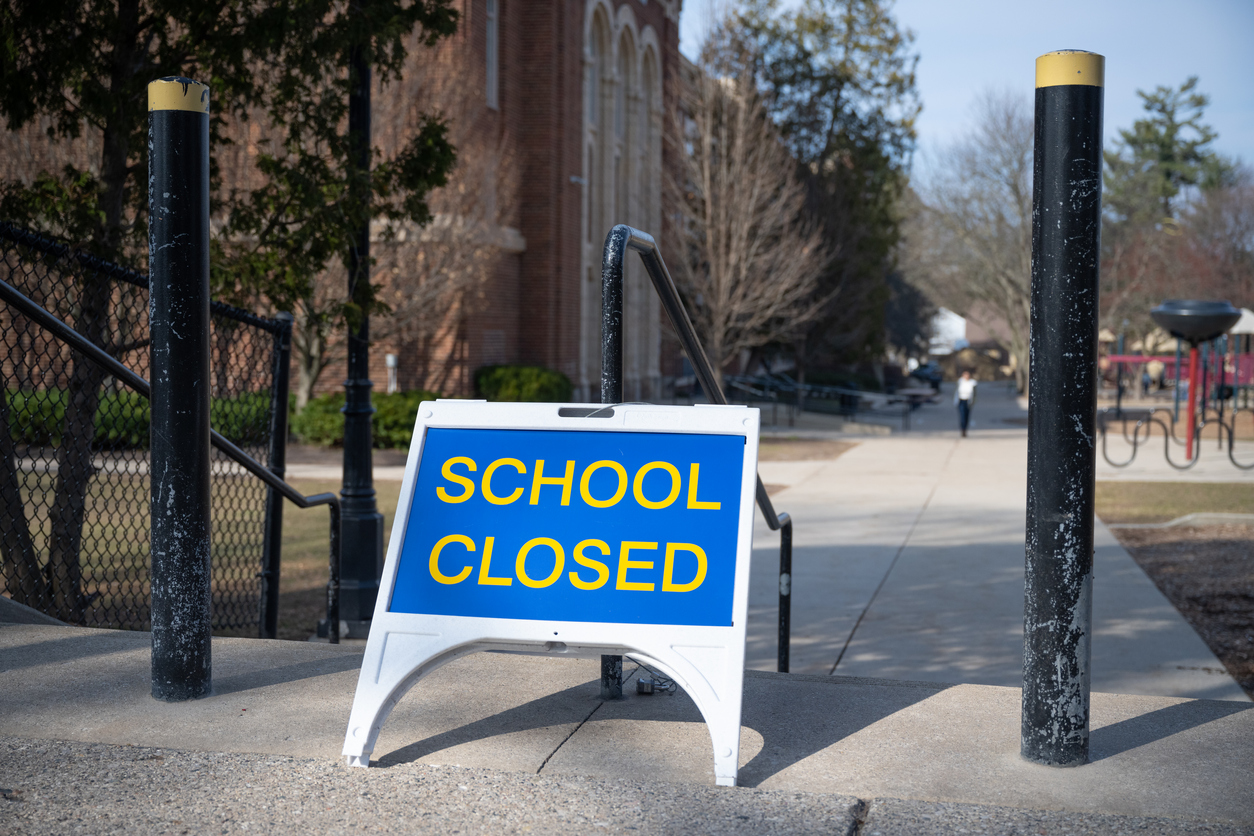
As a team of education researchers, we welcome the government’s announcement on January 5th that schools should switch to remote learning for all pupils except vulnerable children and children of key workers. Just as in the spring 2020, children at all stages of education have been affected by this decision, with the exception of preschool children, as nurseries and childminders are still open to all. There is no doubt that drastically reducing the number of children physically attending school is the right decision in order to safeguard the health and wellbeing of pupils, teachers and their families. However, it is important that we recognise the implications of this round of partial school closures so that pupils and teachers are adequately supported during lockdown and when they eventually return to face-to-face learning.
When schools closed last year, there was understandable concern about the impact this would have on children’s educational outcomes, with the Education Endowment Foundation predicting a widening of the disadvantage gap. Over time, a worrying picture emerged which reinforced these concerns. For example, while remote learning opportunities were provided by schools, the “digital divide” meant that children from disadvantaged backgrounds were less able to reap the benefits of these resources. Prior to the first lockdown, the ONS (2019) reported that approximately 60,000 students of secondary school age did not have internet access at home, while Ofcom data from January to March 2020 reported that 9% of households with children do not have access to equipment such as a laptop, desktop or tablet. Andrew et al. (2020) surveyed over 5,000 families with children in primary and secondary schools during the first lockdown (between April and June 2020). They found that one in ten primary school children and one in seven secondary school children could only engage with remote resources by phone or had no access to a suitable device. Similarly, in a recent survey of Early Years Providers, practitioners felt that while high quality online teaching resources were available, many families did not have the tools to access them.
Differences also emerged in time spent learning at home. Andrew et al. (2020) reported an overall reduction in learning time of 25% for primary school children, and 30% for secondary school children. However, the time spent learning at home varied by socioeconomic status. For primary school children, a gap of 4.5 hours per week was reported between the richest and poorest third, and for secondary school children this gap was 5 hours per week, further compounding existing educational inequalities. Moreover, a report from the Children’s Commissioner suggests an increase in parental mental health issues, domestic abuse and children living in poverty as a result of the pandemic. Food bank usage also increased, with the Independent Food Aid Network reporting a 110% increase in the distribution of emergency food parcels comparing February to November 2019 with February to November 2020. Clearly, the most vulnerable children have been disproportionately affected by this crisis.
Schools resumed face-to-face teaching for all pupils in September 2020, but this did not mean an end to the disruption. Day to day operations changed, bubbles were formed and classrooms reorganised to try and keep children and staff safe. Attendance varied greatly, particularly in areas of disadvantage. Moreover, attendance rates fluctuated with infection rates, with children and staff members required to self-isolate. An initial Ofsted briefing suggested that while many pupils had had a positive return to the school environment, some were struggling with issues of attention, concentration and resilience. A more recent Ofsted report finds that schools are reporting learning losses in both primary and secondary schools. In primary schools, this is largely related to reading, writing, and language and communication, and leaders were particularly concerned about pupils with Special Educational Needs and Disability (SEND). In secondary schools, leaders reported literacy, maths, Modern Foreign Languages (MFL) and some practical subjects e.g., music as particular areas of concern.
In our School Starters project, we are working with schools and parents across the country to measure the impact of the pandemic on children starting Reception in the Autumn term 2020. From our initial school survey, we have found the majority of our schools were concerned about the personal, social and emotional development, and language and communication skills of children entering Reception classes. In addition to concerns over learning losses, schools are reporting some deterioration in behaviour, fatigue and increased anxiety, although this is not the case in all schools. As we navigate our way through a second national disruption to the education system, we can draw on this evidence to provide a clear indication of the areas that should be prioritised in any future “catch-up” plans when schools welcome back all pupils.
We also need to be mindful of the impact on teachers, early years practitioners and other school staff who have been working tirelessly throughout the pandemic to ensure children and families are supported. A report on teacher wellbeing in the early stages of the pandemic showed significant sharp increases in anxiety for heads and classroom teachers at key points between March and September 2020. Moreover, while teachers reported some positive impacts on their wellbeing at these early stages, over two thirds reported that the overall impact had been negative, and that figure remained consistent when teachers were surveyed in April, May and June 2020.
One factor which may have impacted on teacher’s wellbeing is the lack of consistent government guidance. In our early years survey, practitioners highlighted the need for clear and consistent guidance to enable them to continue to offer high quality provision. This is mirrored in an Ofsted report in which leaders commented on the “lack of clarity in the national and local guidance”. The timing of government guidance has increased stress and workload for school staff who are simultaneously dealing with the same anxieties and pressures as the rest of the population, as well as COVID rates significantly above the national average.
Schools admirably managed an overnight shift to remote provision on January 6th, alongside demands to put no limits on key worker places. Yet Gavin Williamson has called for parents to let Ofsted know if they have any concerns about the remote learning provision provided by their child’s school. While such an announcement may be designed to reassure parents that children will still receive high quality provision, it is likely to add to the pressure and anxiety felt by school staff, and lead to disillusionment with the teaching profession. The government needs to be doing more to ensure our school staff are shown recognition and appreciation for their tireless efforts in the midst of these uncertain and constantly changing times.
There are a still a lot of unknowns about the impact of the pandemic, but what we do know is that this round of partial school closures is likely to exacerbate existing issues. Pupils need adequate support to ensure they can access remote learning, processes need to be put in place to protect children who may be at risk of adverse experiences, parents need support to balance work and home. In addition, plans need to be made now to support the transition back to face-to-face teaching, for both pupils and staff. The long-term impact of the pandemic on children’s educational, social and emotional outcomes is not yet known, but we now have a growing body of evidence regarding the short-term impact of national lockdown. We urge all education policy makers to look closely at the evidence and develop a timely, coherent plan of action that puts the needs of both children and teachers squarely at the centre.

